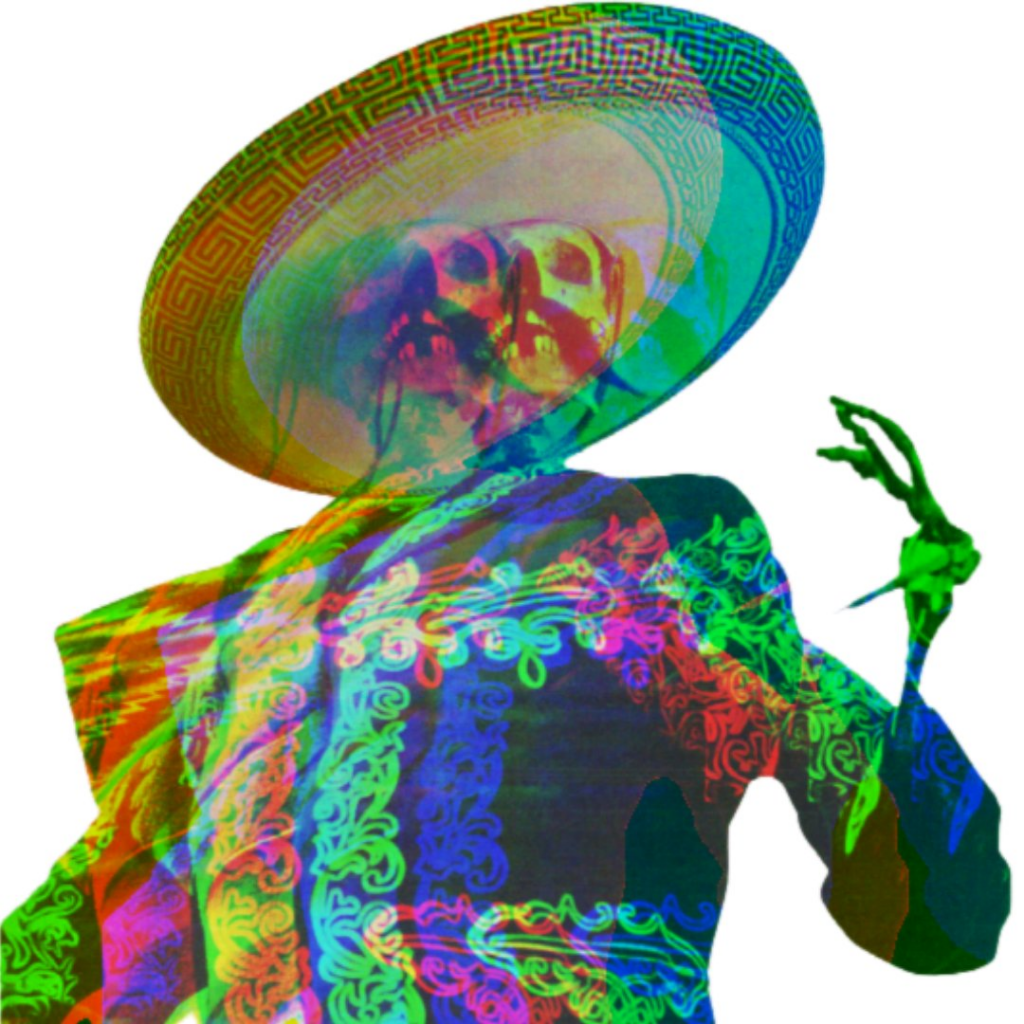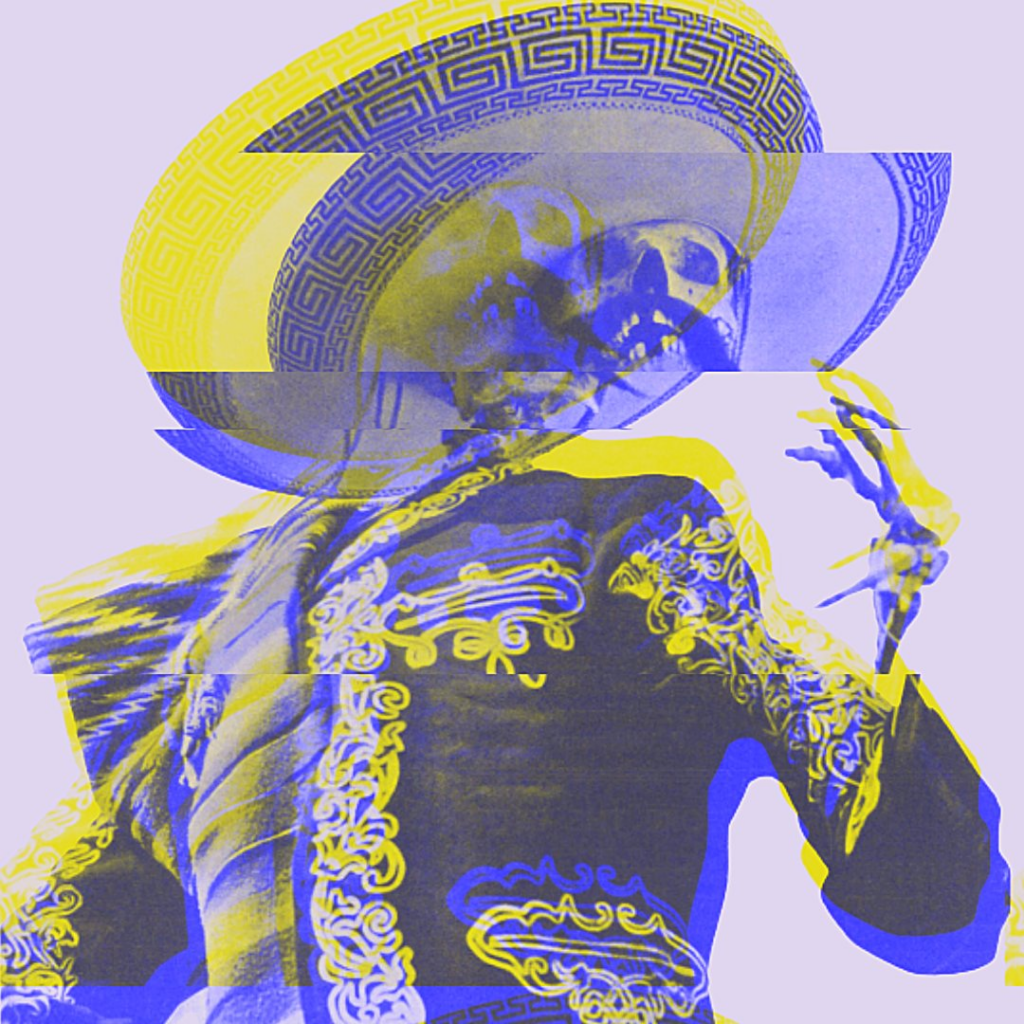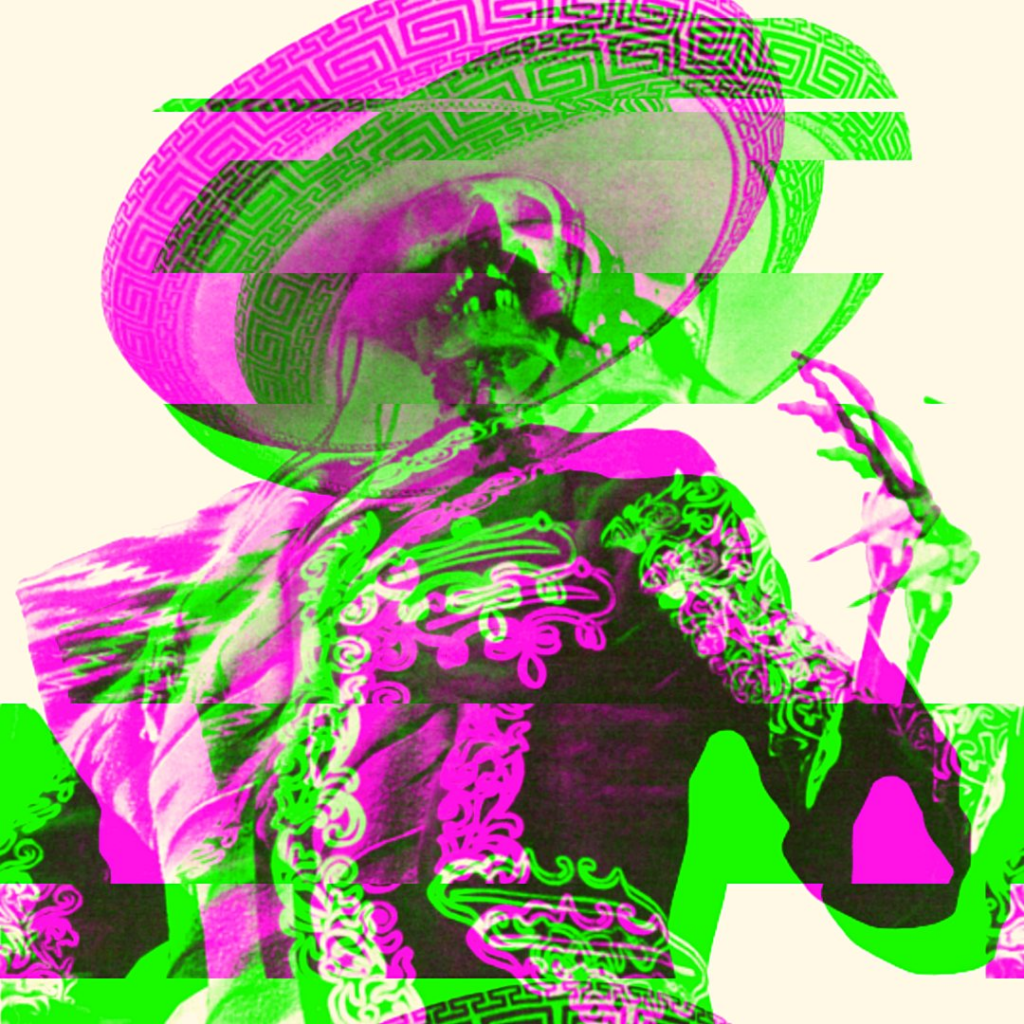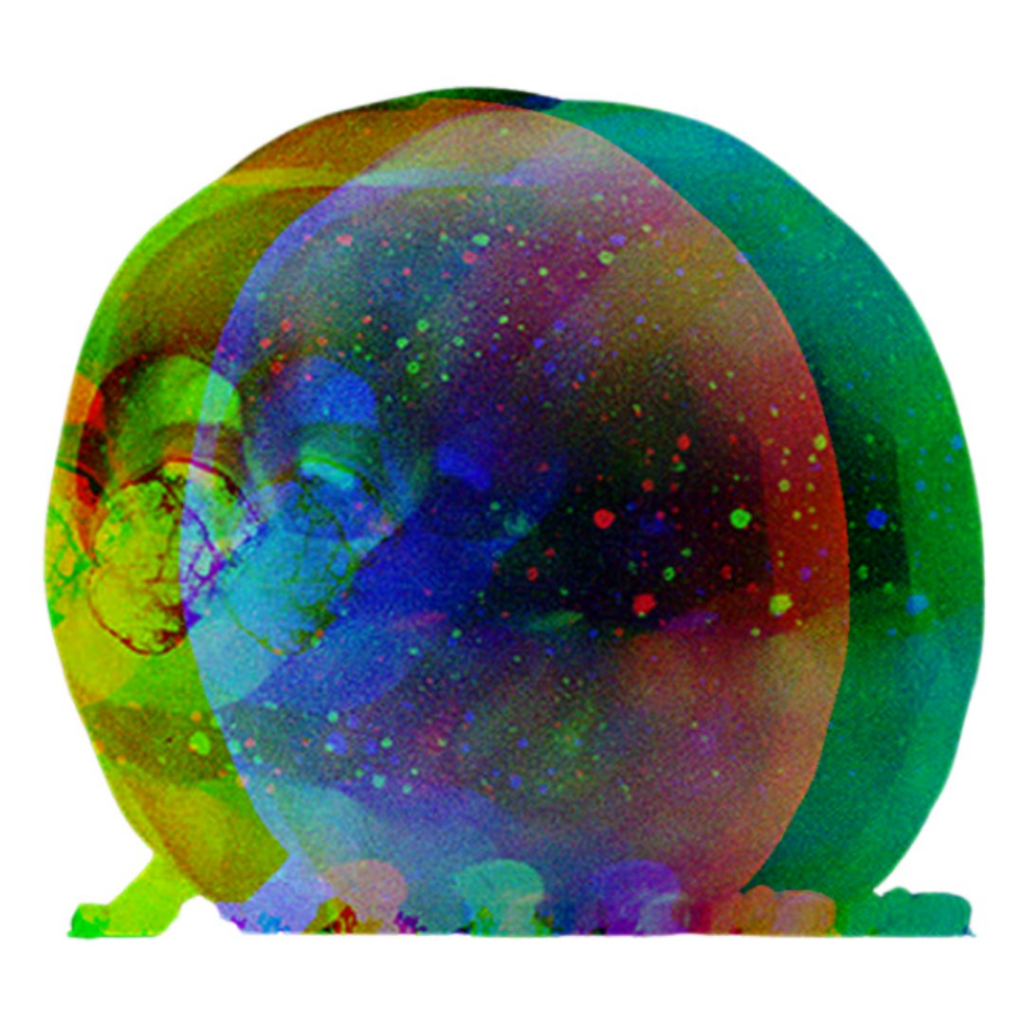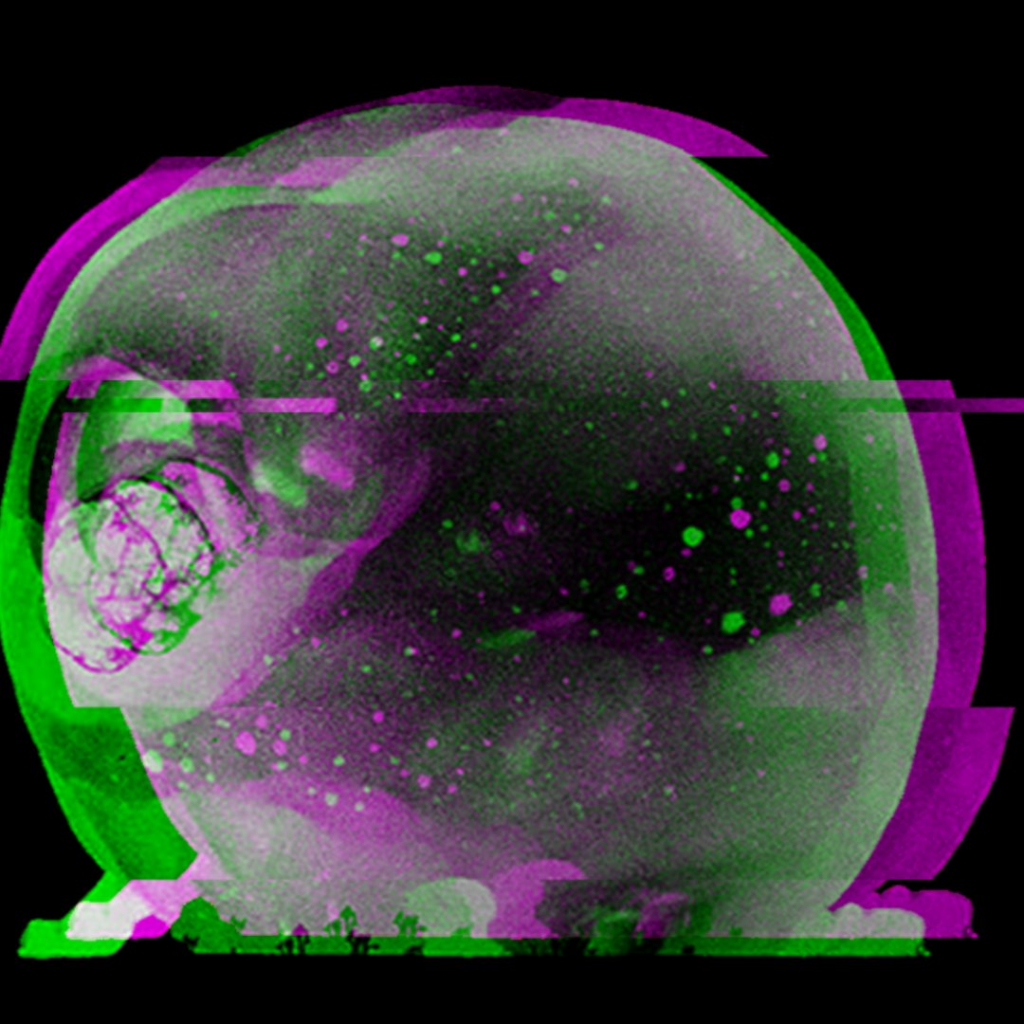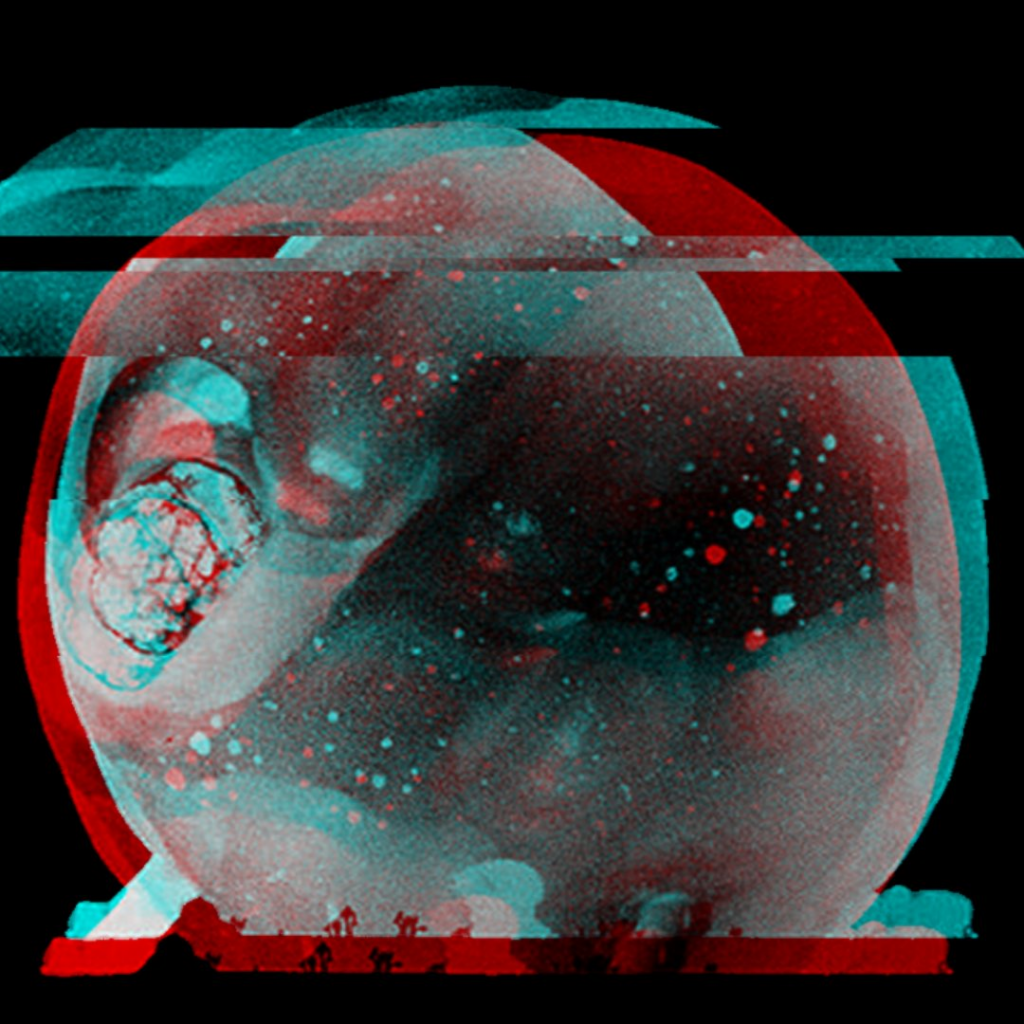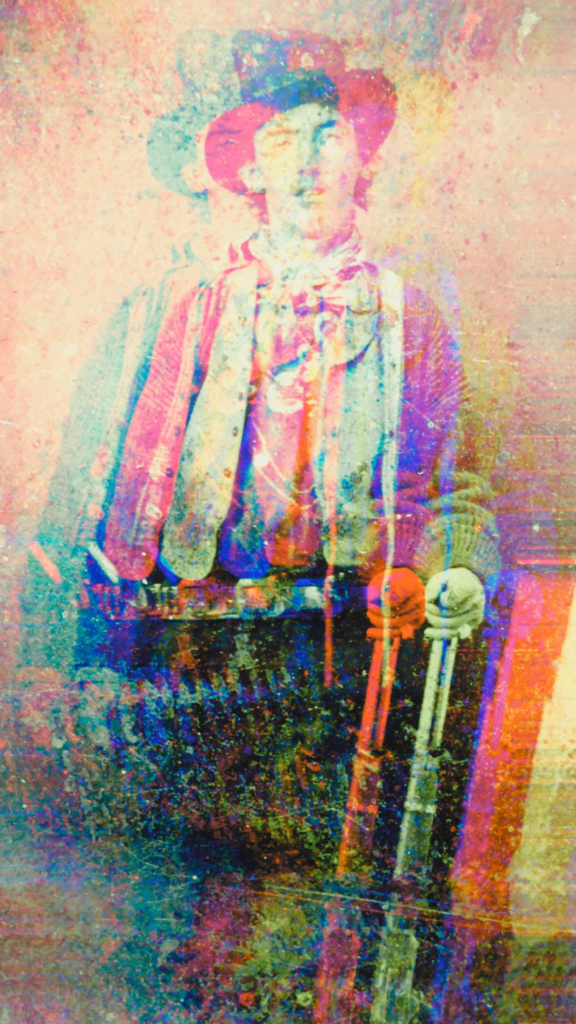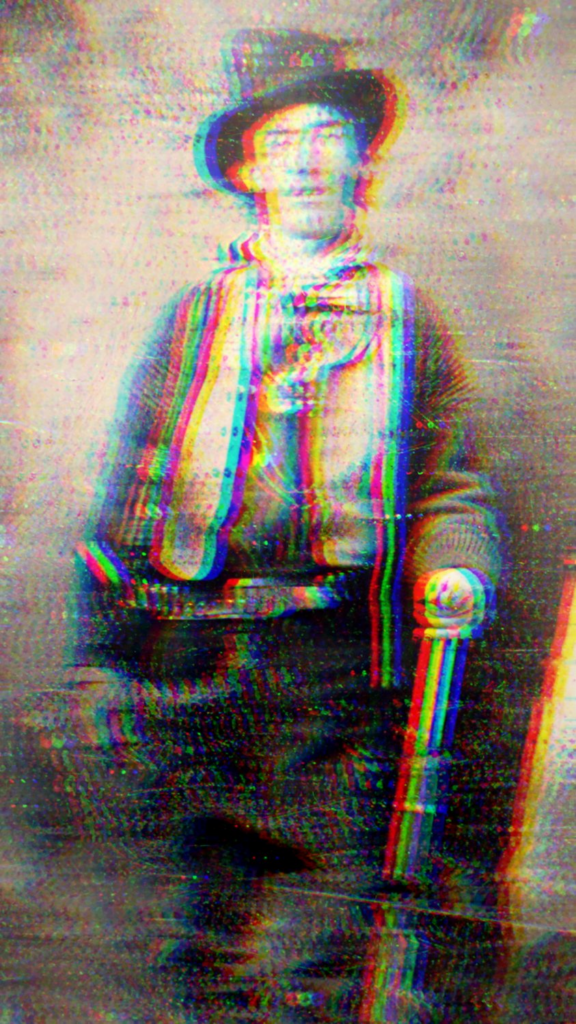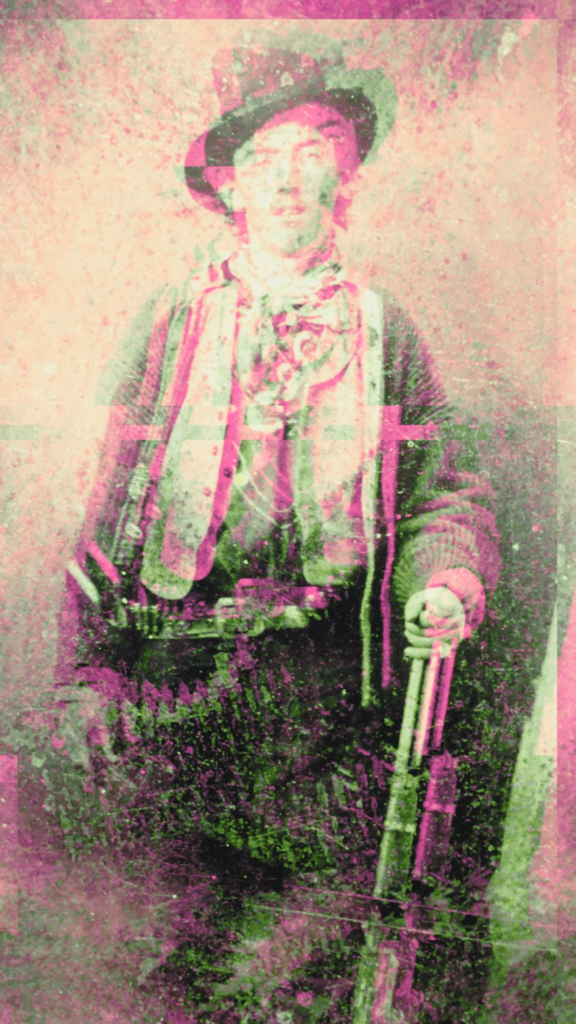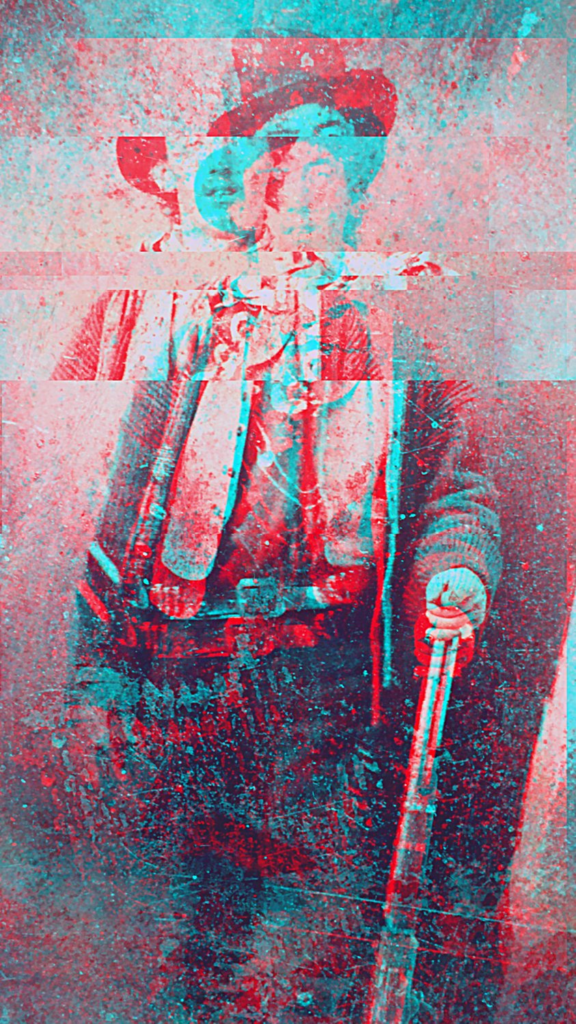Look What You Make Me Do™️ pic.twitter.com/jFR46gT8me
— Bravo Johnson (@BravoJohnson5) June 7, 2021


https://x.com/BravoJohnson5/status/1400184297294761985
Buckle up, chum, for a headfirst dive into the primordial soup of narrative. This hero’s journey you mention, it’s become a cultural shorthand, a marketing buzzword tossed around like a hacky frisbee at a PTA picnic. Folks brandy their screenplays and self-help manuals with it, a hero’s journey here, a hero’s journey there, without ever cracking the spine of Campbell’s dusty tome. It’s enough to make you wonder if the monomyth itself isn’t a vast, postmodern conspiracy – a labyrinthine archetype designed to trap the unwary writer in its echoing corridors of cliché.
They wouldn’t recognize a Refusal of the Call if it bit them on their collective unconscious. These journeymen (and women, if we’re being woke about it) think the hero’s path is a Disneyland ride – magical negro as a sidekick, a three-headed plot device for a climax, and a happily-ever-after that wouldn’t give a Disneyland animatronic a second glance.
Here’s the truth, veiled in layers of obfuscation: the hero’s journey ain’t a rigid map, some holy grail of plot structure. It’s a primal whisper, a psychic blueprint etched into the collective unconscious. These stages – the Ordinary World, the Call to Adventure, the Refusal of the Call – they’re echoes of our own psychological dramas. The hero, that schlemiel stumbling into the unknown, that’s us, baby. Us, grappling with the inertia of our daily grind, the siren song of something more, the paralyzing fear of taking that first, irrevocable step.
The real hero’s trip is a messy, non-linear descent into the belly of the whacked-out whale – weird encounters with shadow figures, a descent into the collective unconscious that would make Freud blush, and a return that might leave you questioning if the hero even remembers where they came from, let alone bringing back the elixir for the betterment of the tribe. It’s a cosmic joke, a funhouse mirror reflecting the fragmented psyche of the modern world, and most folks just want a hero with a six-pack and a quip.
But Campbell, bless his Jungian heart, wasn’t peddling a formula. He was unveiling a universal truth – that the human story, at its core, is a desperate yearning for transformation. We crave that crucible, that white-hot furnace where our leaden selves are transmuted into something stronger, something…well, heroic. It’s messy, this journey. It’s fraught with false prophets and dead ends, with mentors who turn out to be grifters and sidekicks who become rivals. It’s a descent into the belly of the whacked-out whale of existence, and sometimes, you just wanna puke and hightail it back to the shallows.
But those who persevere, who navigate the labyrinth without succumbing to cynicism or despair, they emerge changed. They return with the elixir, the hard-won wisdom gleaned from the crucible. Maybe it’s a social commentary disguised as a detective novel, or a scathing indictment of the military-industrial complex masquerading as a space opera. Whatever form it takes, it bears the scars of the journey, a testament to the transformative power of the myth itself.
So, the next time some poseur throws around “hero’s journey” like a parlor trick, remember this: it’s a potent symbol, a gateway to the hidden chambers of the human psyche. It’s a reminder that even the most mundane existence holds the potential for epic transformation. Now, if you’ll excuse me, I have a rendezvous with a talking penguin and a box of Lucky Strikes. This hero’s journey ain’t gonna unravel itself.
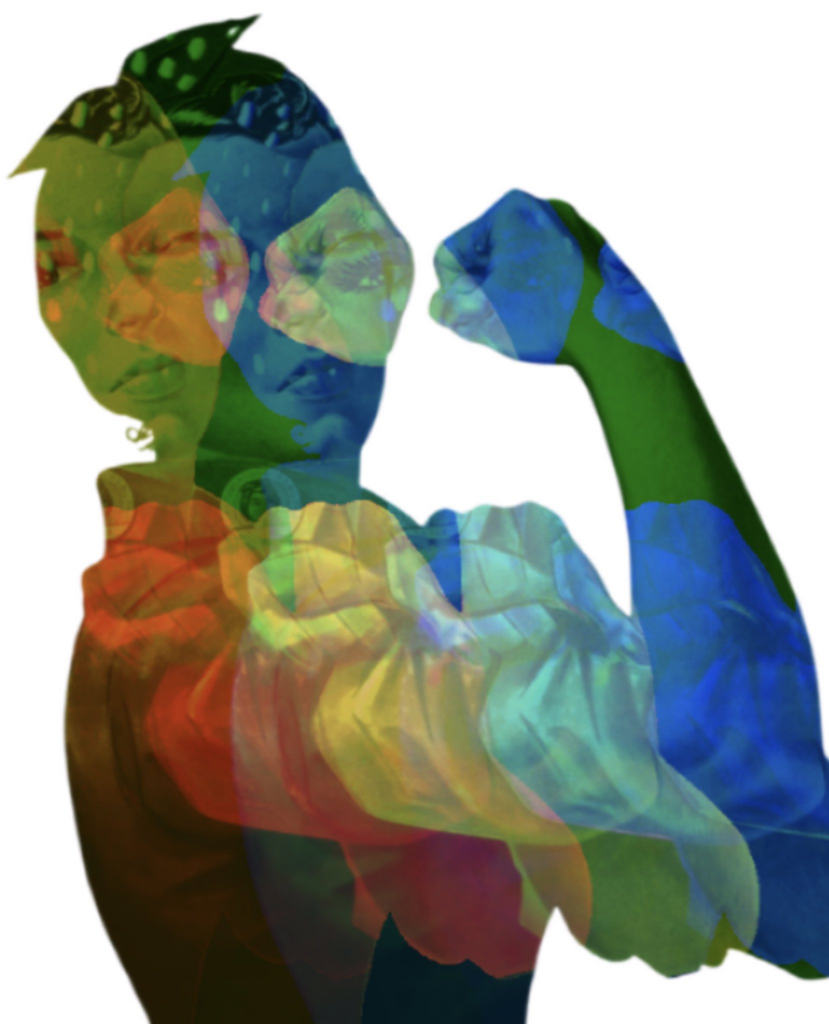
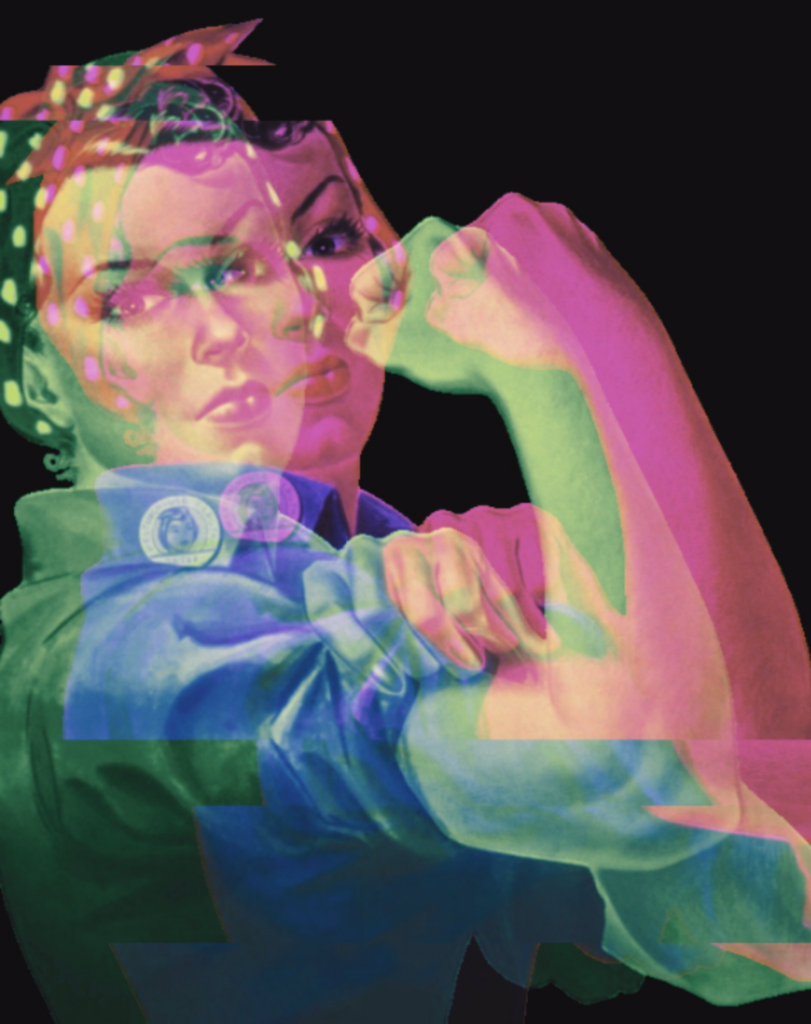
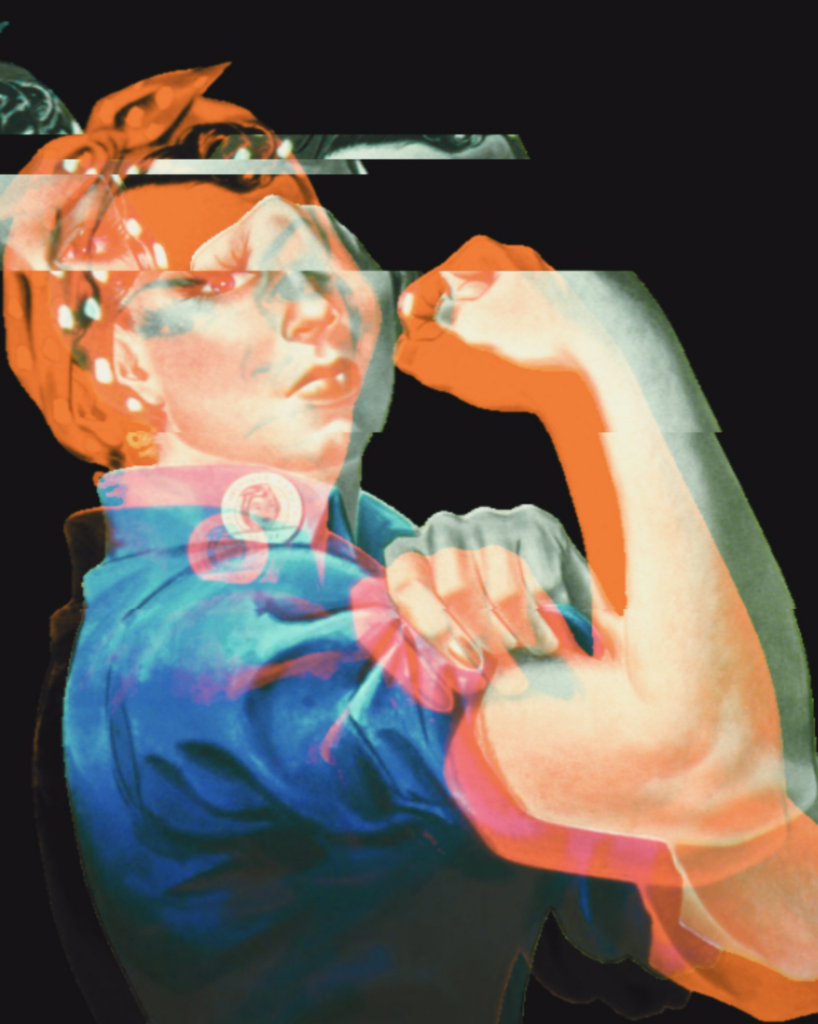
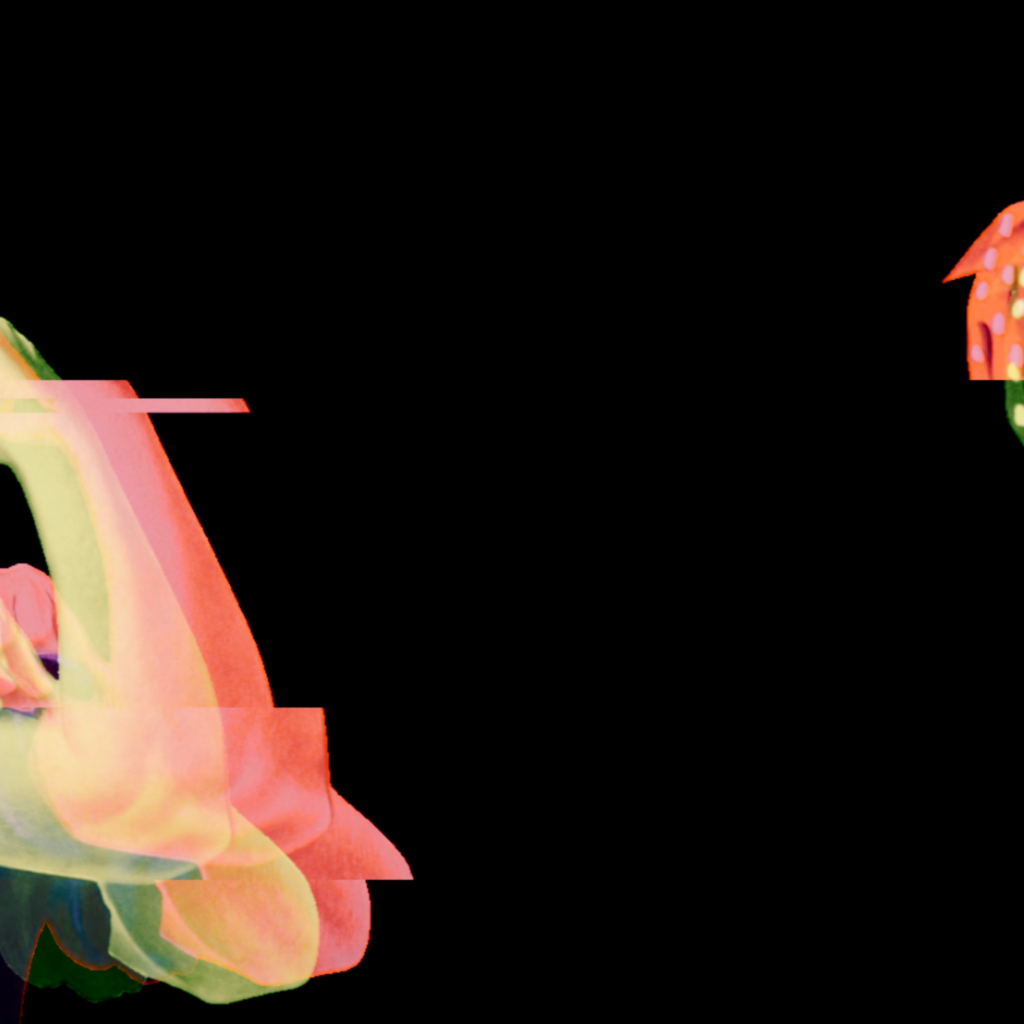
Here are 20 often overlooked aspects of the Hero’s Journey and Joseph Campbell’s work:
Certainly! Here’s an expanded explanation of those points:
Oversimplification: Archetypes like the Hero, Mentor, or Trickster are often boiled down to one-dimensional roles in storytelling, where the Hero is always courageous, the Mentor is wise and supportive, and the Trickster is mischievous but harmless. This oversimplification can lead to clichéd characters that lack depth.
Multifaceted Nature: In reality, these archetypes are much more complex. A Hero might struggle with self-doubt or moral ambiguity. A Mentor might have their own hidden agendas, fears, or even moments of failure. The Trickster might be a catalyst for change, but also cause significant harm. Recognizing the multifaceted nature of these roles can lead to richer, more nuanced storytelling.
Contradictions within Archetypes: Archetypal characters can embody contradictions. A Hero might be both a savior and a destroyer, a figure of great compassion who must also make ruthless decisions. The Mentor might guide the Hero toward growth but also cling to outdated beliefs, thereby becoming an obstacle the Hero must overcome. These internal contradictions make characters more relatable and reflective of real human experience.
Common Misinterpretation: The Hero’s Journey is often depicted as a straightforward, linear path—starting from the Ordinary World, moving through the Call to Adventure, facing Trials, achieving the Reward, and returning home. This interpretation is useful for basic storytelling but doesn’t capture the full richness of Campbell’s vision.
Cyclical Nature: Campbell emphasized that the Hero’s Journey can be cyclical, where the end of one journey can lead to the beginning of another. The Return to the Ordinary World might not be a final destination but rather a new starting point, with the Hero integrating their experiences and perhaps facing new challenges. This cyclical interpretation reflects the ongoing nature of personal growth and transformation.
Repetition of Stages: Within a single story, the Hero might revisit certain stages multiple times in different contexts. For example, they might face several Calls to Adventure, each more compelling than the last, or they might encounter multiple Mentors, each offering different lessons. This repetition emphasizes the idea that growth is not a one-time event but a process of continual learning and adaptation.
Universal vs. Particular: Campbell proposed that the Hero’s Journey represents universal themes and experiences common to all human cultures. However, this claim has been critiqued for imposing a Western-centric framework on stories from diverse cultural backgrounds.
Rooted in Specific Narratives: The Hero’s Journey is deeply rooted in specific cultural narratives, particularly those from Western mythology, religion, and literature. Stories from non-Western cultures may follow different structures, emphasize different values, or involve different types of protagonists and challenges. For example, the emphasis on individualism and heroism in Western narratives might not resonate in cultures that prioritize communal harmony or spiritual enlightenment.
Inappropriate Application: Applying the Hero’s Journey model indiscriminately to stories from other cultures can distort or diminish their unique elements. It can lead to a superficial understanding of these stories, where their distinct cultural, religious, and historical contexts are ignored in favor of fitting them into a pre-existing framework. Recognizing the cultural specificity of the Hero’s Journey allows for a more respectful and accurate engagement with global narratives.
Misinterpretation as External Adventure: The Hero’s Journey is often viewed primarily as an external adventure, focusing on the physical challenges and quests the hero undertakes. This interpretation can lead to a focus on action-driven plots at the expense of the hero’s psychological and emotional development.
Psychological Dimension: Campbell’s framework also emphasizes the inner journey, where the hero confronts not only external enemies but also their own fears, doubts, and subconscious drives. This inner journey often involves a process of self-discovery, where the hero learns about their true nature, reconciles inner conflicts, and integrates aspects of their psyche that were previously repressed or unacknowledged.
Confrontation with the Self: Key stages of the Hero’s Journey, such as the Abyss or the Meeting with the Goddess, often symbolize the hero’s confrontation with deeper aspects of their identity. This might involve coming to terms with past traumas, accepting their own mortality, or understanding their place in the larger cosmos. The inner journey is about transformation at a fundamental level, where the hero emerges not just with external victories but with a transformed sense of self.
These expanded points highlight the depth and complexity of Campbell’s Hero’s Journey, emphasizing that it is not just a template for adventure stories but a rich framework for exploring the human experience in all its dimensions.
Certainly! Here’s an expanded explanation of those points:
Modern Society’s Disconnect: Campbell argued that modern society has lost touch with the mythological structures that once provided people with a sense of purpose, community, and understanding of their place in the universe. In traditional societies, myths served as a guide for living, offering models for behavior, values, and the stages of life. In contrast, modernity, with its focus on rationality, science, and individualism, often dismisses myths as outdated or irrelevant.
Spiritual Emptiness: This disconnection from mythological frameworks contributes to a sense of spiritual emptiness or alienation in modern society. Without the shared narratives and rituals that myths provide, individuals may struggle to find meaning in their lives, leading to feelings of isolation or existential despair. Campbell suggested that this void is often filled by materialism, consumerism, or superficial entertainment, which do not satisfy deeper human needs.
Ignored in Favor of Traditional Narratives: Discussions of the Hero’s Journey often focus on traditional narratives, such as ancient myths or classic literature, without addressing how these themes might apply to contemporary life. Campbell’s critique of modernity is frequently overlooked, yet it is central to his work. He believed that modern stories, including movies and popular fiction, could serve as new myths if they tapped into universal themes and provided meaningful frameworks for understanding life’s challenges.
Not All Heroes Triumph: The classic interpretation of the Hero’s Journey often emphasizes the hero’s ultimate triumph, where they overcome all obstacles, achieve their goal, and return home victorious. However, Campbell recognized that not all hero’s journeys end in success. Some heroes fail in their quests, are overwhelmed by the challenges they face, or find that the reward they sought does not bring the fulfillment they expected.
Failure and Complexity: These more complex outcomes reflect the reality that life does not always provide clear-cut victories. A hero might achieve their external goal but lose something precious in the process, such as their innocence, relationships, or peace of mind. Alternatively, they might return to the Ordinary World only to find they no longer belong, leading to a sense of alienation or disillusionment.
Journey Fraught with Challenges: Even if the hero does succeed, their return journey might be fraught with difficulties. Reintegrating into their previous life can be challenging, as they have been fundamentally changed by their experiences. They might face rejection, misunderstanding, or even danger from those who fear or resent their newfound knowledge or power. These varied outcomes add depth to the Hero’s Journey, highlighting that growth often comes with a cost.
The Hero’s Shadow Self: The concept of the shadow, derived from Carl Jung’s psychological theories, represents the darker, often unconscious aspects of the hero’s personality—traits they deny, suppress, or are unaware of. This shadow self is not inherently evil but consists of qualities that are repressed because they are deemed unacceptable or threatening to the hero’s self-image.
Crucial to Growth: Confronting and integrating the shadow is a crucial part of the Hero’s Journey. The hero must acknowledge these darker aspects of themselves to achieve true self-knowledge and wholeness. This confrontation often occurs during a critical stage of the journey, such as the Abyss or the Ordeal, where the hero faces their deepest fears or darkest impulses.
Underemphasized in Favor of Heroic Traits: In many interpretations of the Hero’s Journey, the focus is placed on the hero’s positive qualities—bravery, honor, resilience—while the shadow aspects are downplayed or ignored. This can lead to a superficial portrayal of the hero as an idealized figure, rather than a fully rounded character with both strengths and weaknesses. Emphasizing the role of the shadow highlights the internal struggles that are just as important as external challenges, making the hero’s journey more relatable and authentic.
Beyond a Single Protagonist: The Hero’s Journey is often applied to a single protagonist, typically the most prominent character in the story. However, Campbell’s framework can apply to multiple characters within the same narrative. Different characters might undertake their own hero’s journeys, each with unique challenges, trials, and transformations.
Interconnected Journeys: These multiple journeys can be interconnected, with the actions and growth of one character influencing the others. For example, one character’s triumph might depend on another character’s failure or sacrifice, or different characters might represent different aspects of the hero archetype, collectively embodying the journey’s full complexity.
Ensemble Stories: In ensemble stories or narratives with multiple protagonists, each character might embody different stages of the Hero’s Journey. For example, one character might be at the Call to Adventure stage, while another is facing the Ordeal, and a third is experiencing the Return. This multiplicity allows for a richer, more layered narrative, where the journey is not just about individual transformation but also about the dynamics between characters and their collective evolution.
These expanded explanations delve deeper into Campbell’s insights, showing how his ideas extend beyond simple narrative structures to address broader themes of psychology, culture, and the complexities of human experience.
Certainly! Here’s an expanded explanation of those points:
Collaboration Over Individualism: The Hero’s Journey is frequently portrayed as a solitary endeavor, emphasizing the hero’s personal strength, resilience, and independence. However, in many stories, the hero does not succeed alone. Other characters—companions, allies, mentors, and even antagonists—play crucial roles in the hero’s journey, providing assistance, guidance, and challenges that shape the hero’s development.
Undermining the Lone Hero Myth: This interdependence highlights the myth of the lone hero, suggesting that true heroism often involves collaboration, trust, and reliance on others. The hero’s journey is not just about individual achievement but also about building relationships, learning from others, and acknowledging that no one can overcome life’s challenges entirely on their own. Recognizing the importance of these supporting characters adds depth to the narrative, showing that the hero’s success is a collective effort.
Inappropriate Application: Campbell’s Hero’s Journey framework is rooted in Western mythology and literature, but it is often applied indiscriminately to stories from non-Western cultures. This application can be problematic because it may impose a structure and set of values that do not align with the cultural context of the original narrative.
Need for Adaptation: Non-Western stories may follow different narrative structures, emphasize communal over individual achievements, or focus on spiritual and philosophical themes that do not fit neatly into the Hero’s Journey model. Applying Campbell’s framework to these stories often requires significant adaptation, acknowledging the cultural specificity of the narrative and respecting its unique elements. This approach allows for a more accurate and respectful interpretation of non-Western myths and stories, recognizing the diversity of human experiences and storytelling traditions.
Beyond Physical Challenges: The “Road of Trials” is a critical stage in the Hero’s Journey, where the hero faces a series of challenges and obstacles. These trials are often depicted as physical challenges—battles, quests, or survival situations—that test the hero’s strength, skill, and endurance. However, the trials the hero faces are not limited to physical challenges.
Emotional, Spiritual, and Moral Trials: The Road of Trials also includes emotional, spiritual, and moral challenges that test the hero’s character, beliefs, and values. The hero might confront their deepest fears, grapple with ethical dilemmas, or undergo spiritual crises that force them to question their identity and purpose. These non-physical trials are crucial for the hero’s internal growth and transformation, often representing the most difficult and transformative aspects of the journey. Recognizing the full range of trials adds depth to the narrative, emphasizing that the hero’s journey is as much about inner transformation as it is about external achievement.
Critical to the Journey: The hero’s flaws or weaknesses are not just incidental traits but are central to the Hero’s Journey. These flaws create internal obstacles that the hero must confront and overcome, often reflecting the deeper, psychological challenges they face. Whether it’s pride, fear, insecurity, or a lack of self-awareness, these flaws make the hero relatable and human, providing a foundation for their growth and development throughout the story.
Source of Growth: The journey’s trials and tribulations often force the hero to confront these flaws head-on. For example, a hero who is overly arrogant might face a trial that humbles them, teaching them the value of humility. A hero who is fearful might be placed in a situation where they must find courage within themselves. Overcoming these flaws is integral to the hero’s transformation, as it leads to self-discovery and a deeper understanding of their true potential.
Flaws as Motivators: Additionally, the hero’s flaws can serve as motivators for their actions. A sense of inadequacy might drive the hero to seek out the adventure in the first place, while a fear of failure could push them to persevere against overwhelming odds. In this way, the hero’s flaws are not just obstacles to be overcome but also essential elements that propel the narrative forward.
Stereotypical Gender Roles: Campbell’s treatment of gender roles, particularly through the concepts of the “Goddess” and the “Woman as Temptress,” has been a point of criticism. These roles often reflect traditional, patriarchal views of women, where the feminine is either idealized as a nurturing, maternal figure or demonized as a source of temptation and distraction for the hero. This binary portrayal can be limiting, reducing complex female characters to mere archetypes that serve the male hero’s journey.
Limiting Interpretations: Such interpretations can reinforce stereotypes, suggesting that women’s roles in stories are confined to supporting or hindering the male hero. This narrow view overlooks the potential for women to be heroes in their own right, with their own journeys, challenges, and transformations. Critics argue that Campbell’s framework, while valuable, needs to be adapted or expanded to include more nuanced and diverse representations of gender.
Evolving Gender Roles: As modern storytelling evolves, there’s a growing recognition of the need to move beyond these traditional archetypes. Many contemporary narratives challenge or subvert these roles, presenting female characters who are complex, autonomous, and central to their own journeys. This shift reflects broader societal changes in the understanding of gender and the roles that men and women play in both life and mythology.
Crucial Phase Often Overlooked: The Return phase of the Hero’s Journey, where the hero comes back to their Ordinary World with newfound wisdom, is often rushed or downplayed in adaptations. However, this phase is crucial for completing the hero’s transformation. It’s not just about returning home; it’s about integrating the lessons learned during the journey and applying them to the hero’s life and community.
Challenges of the Return: The Return is often fraught with its own challenges. The hero may struggle to reintegrate into their old life, face rejection or misunderstanding from those who haven’t shared their journey, or find that they’ve outgrown their previous world. This can create a sense of alienation or dissatisfaction, as the hero realizes that their experiences have fundamentally changed them. Addressing these challenges is essential for the hero to fully realize their transformation.
Completion of the Cycle: The Return also represents the completion of the narrative cycle. It’s the point where the hero’s internal growth is manifested externally, often bringing about positive change in their community or the world at large. By skipping or minimizing this phase, adaptations risk losing the full impact of the hero’s journey, reducing it to a mere adventure rather than a profound transformation.
Simplification and Distortion: Campbell’s concept of the universal monomyth has been critiqued for simplifying the diverse and complex range of global mythologies. By proposing a single, overarching narrative structure, the monomyth can obscure the unique cultural, historical, and spiritual contexts that shape different myths. Critics argue that this approach can lead to a homogenization of stories, where important cultural nuances are lost in favor of fitting the narrative into a predefined mold.
Overemphasis on Universality: While Campbell’s work has been influential in identifying common themes across cultures, his emphasis on universality can sometimes overshadow the particularities that make each myth distinct. Not all cultures or stories fit neatly into the Hero’s Journey framework, and forcing them to do so can result in a distorted understanding of their meaning and significance. This critique encourages a more pluralistic approach to mythology, where the diversity of human experience is recognized and valued.
Alternative Interpretations: Scholars have proposed alternative models that better account for the diversity of global mythologies. These models emphasize the importance of context, recognizing that myths are deeply rooted in the specific cultural, social, and historical circumstances from which they arise. By exploring these alternative frameworks, we can gain a richer and more nuanced understanding of the world’s mythological traditions.
Deeply Rooted in Jung’s Ideas: Campbell’s work is deeply influenced by Carl Jung’s theories of the collective unconscious and archetypes. Jung proposed that certain symbols, themes, and character types recur across different cultures because they emerge from the collective unconscious—a shared, universal aspect of the human psyche. Campbell applied these ideas to mythology, suggesting that the Hero’s Journey reflects universal patterns of human experience.
Often Overlooked Influence: This Jungian influence is often overlooked in discussions of the Hero’s Journey, with many people focusing on the narrative structure rather than the psychological underpinnings. Understanding this influence is crucial for appreciating the depth of Campbell’s work, as it reveals how the Hero’s Journey is not just a storytelling framework but also a reflection of fundamental psychological processes.
Archetypes and Personal Growth: The Hero’s Journey can be seen as a metaphor for personal growth and self-discovery, with the various stages representing different aspects of the psyche that the hero must confront and integrate. The journey is not just about external adventures but also about the hero’s internal journey toward wholeness, mirroring Jung’s concept of individuation—the process of becoming one’s true self.
Myths Evolve Over Time: Campbell acknowledged that myths are not static; they change over time, adapting to the cultural context in which they are told. Myths that were relevant in one era or society might be reinterpreted or transformed to resonate with the values, concerns, and experiences of a different time or place. This concept of mythic relativity suggests that while the Hero’s Journey might have universal elements, its expression is always relative to the cultural context.
Rigid Application of the Framework: Despite Campbell’s acknowledgment of this relativity, his Hero’s Journey framework is often applied rigidly, as if it were a timeless, unchanging template. This can lead to a misunderstanding of myths, where the specific cultural context is ignored or de-emphasized in favor of fitting the story into a universal mold. Recognizing mythic relativity encourages a more flexible and dynamic approach to interpreting myths, where the evolving nature of these stories is respected and explored.
Cultural Context Matters: Understanding the cultural context in which a myth was created is essential for fully grasping its meaning and significance. Myths are deeply embedded in the social, political, and spiritual life of a culture, and their interpretation can change as these contexts evolve. By taking mythic relativity into account, we can appreciate the fluidity and adaptability of myths, and how they continue to speak to different generations in new and meaningful ways.
Beyond Mythical and Religious Figures: While the Hero’s Journey is often associated with mythical or religious figures—gods, demigods, prophets, and legendary heroes—Campbell’s framework applies equally well to secular stories and everyday life. The Hero’s Journey is a metaphor for the challenges, trials, and transformations that everyone experiences, whether they are embarking on a literal adventure or navigating the complexities of daily existence.
Universality of the Narrative Structure: The universality of the Hero’s Journey means that it can be found in all types of stories, from epic sagas to personal memoirs, from historical accounts to modern fiction. Secular heroes—scientists, explorers, activists, or ordinary individuals—can all undergo their own hero’s journeys, facing obstacles, making sacrifices, and emerging changed by their experiences. This broader application of the Hero’s Journey reflects its enduring relevance to human experience.
Everyday Heroes: By applying the Hero’s Journey to secular stories, we can recognize the heroism in everyday life. The challenges people face—overcoming adversity, standing up for what is right, pursuing personal growth—mirror the stages of the Hero’s Journey. This perspective allows us to see the hero in ourselves and others, acknowledging the courage and resilience required to navigate the trials of life.
Parallels with Rituals of Initiation and Transformation
The Hero’s Journey and Cultural Rituals: The Hero’s Journey shares deep connections with rituals of initiation and transformation found in various cultures across the world. These rituals, which are often integral to religious, spiritual, or cultural practices, mark significant transitions in a person’s life, such as coming of age, marriage, or death. Just as the Hero’s Journey outlines a process of separation, trials, and reintegration, these rituals follow a similar structure, guiding individuals through crucial stages of personal growth and societal integration.
Symbolic Acts and Separation: In many initiation rituals, the first step involves a symbolic act of separation from the individual’s previous life. This could take the form of physical isolation, such as a retreat or journey into the wilderness, or a ceremonial act that marks the end of one phase of life. In the Hero’s Journey, this stage is mirrored in the “Call to Adventure” and the hero’s departure from their “Ordinary World.” The separation is not merely physical but also psychological, representing a break from old identities, roles, and ways of being.
Trials and Challenges: Once separated, the individual undergoing the ritual faces a series of trials and challenges that test their resolve, strength, and character. These trials are often designed to push the individual to their limits, forcing them to confront their deepest fears, insecurities, or desires. In the Hero’s Journey, this corresponds to the “Road of Trials,” where the hero encounters obstacles, enemies, and temptations that must be overcome. These trials serve as catalysts for transformation, breaking down the old self and paving the way for a new identity to emerge.
Transformation and Inner Change: The heart of both the Hero’s Journey and initiation rituals lies in the transformative process that occurs through these trials. For the individual in the ritual, this might involve receiving new knowledge, undergoing a symbolic death and rebirth, or acquiring a new spiritual or social status. In the Hero’s Journey, the transformation is often marked by the hero achieving a significant victory, gaining a critical insight, or receiving a gift or boon that symbolizes their newfound power or understanding. This transformation is not just external but internal, reflecting a profound change in the individual’s self-perception and worldview.
Reintegration and New Status: The final stage in both the Hero’s Journey and initiation rituals is the reintegration of the individual into their community, now transformed and holding a new status or identity. In the context of a ritual, this might involve a public ceremony where the individual is recognized as an adult, a leader, or a spiritual guide. In the Hero’s Journey, this corresponds to the “Return with the Elixir” phase, where the hero brings back the knowledge, power, or gift they have acquired, using it to benefit their community or restore balance to their world. This reintegration is crucial, as it completes the cycle of the journey, affirming the hero’s new role and ensuring that their transformation has a lasting impact.
Cultural Significance and Continuity: The parallels between the Hero’s Journey and these rituals underscore the universality of the human experience of transformation. Across cultures, these rituals serve to maintain the continuity of social and spiritual traditions, ensuring that each generation undergoes the necessary rites of passage to fulfill their roles within the community. The Hero’s Journey, in its many variations, reflects this timeless process of growth, challenge, and renewal, resonating with the fundamental need for individuals to find their place in the world through a transformative journey.
Personal and Collective Identity: Finally, both the Hero’s Journey and initiation rituals play a crucial role in shaping personal and collective identity. For the individual, these experiences are often life-defining, marking the transition from one stage of life to another and establishing a new sense of self. For the community, these rituals help to reinforce shared values, beliefs, and social structures, ensuring that the collective identity is passed down and preserved. The Hero’s Journey, with its emphasis on the hero’s return and reintegration, highlights the importance of this connection between personal transformation and the larger social order, illustrating how individual growth contributes to the well-being and continuity of the community.
